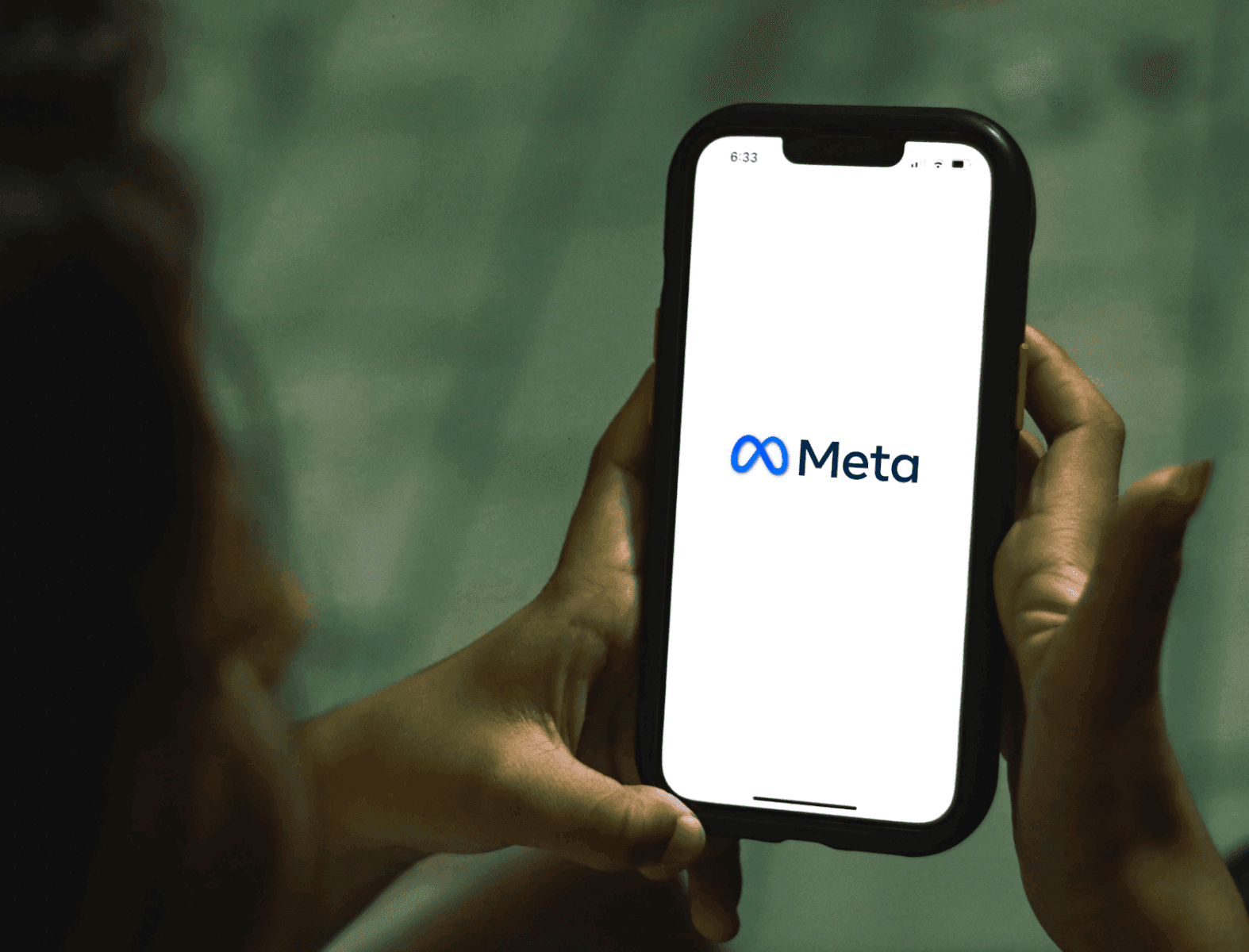
Meta Will Soon Offer An Ad-Free Experience
Setting the scene
For more than a decade, social platforms have built their businesses on the exchange of data for free access. Users scroll without paying, while advertisers fund the experience through targeted campaigns. It’s a model that has delivered incredible reach and precision, but also raised increasing questions about privacy and consent.
Now, in 2025, Meta is reshaping that model. Facebook and Instagram will soon offer a paid subscription option in the UK and Europe that allows users to remove ads altogether. For the first time, scrolling can be completely interruption-free, but only for those who choose to pay.
What Meta is doing
Over the coming weeks, Facebook and Instagram users in the UK receive a notification giving them a new choice:
- Ad-supported (free): continue as usual, with your data collected and stored to fuel personalised advertising.
- Ad-free (paid): no ads for £2.99/month on the web or £3.99/month via iOS and Android apps, for the first Meta account.
Additional accounts in a user’s Account Center will each automatically cost £2/month extra on the web or £3/month on iOS/Android. The higher mobile pricing reflects Apple and Google’s transaction fees.
Why now?
While it’s framed as giving users “choice,” the reality is that EU and UK authorities have been scrutinising how platforms obtain consent for personalised ads. Meta has joined a growing list of platforms, such as Netflix and YouTube, that already mix free, ad-supported tiers with premium, ad-free ones.
Politico (2025) calls this a “pay or okay” model: either consent to targeted ads, or pay to avoid them. For years, Meta relied on users being effectively being opted in by default. Regulators now want explicit consent, and subscriptions provide a legal workaround.
It’s less about user freedom, more about keeping policymakers at bay while preserving ad revenue. If only a small percentage pay for the ad-free tier, the ad ecosystem remains intact, just with an extra revenue stream on top. Meta’s ads business accounted for about 98% of its $164.5 billion in revenue last year (Reuters, 2025).
What it means for advertisers
If you’re running paid media, this isn’t cause for alarm. If the history of streaming services tells us anything, most users won’t pay to skip ads.
- Netflix: 16.4% of UK households use its ad-supported tier.
- Amazon Prime Video: 87% of UK homes are on the ad tier.
- Disney+: around 23% of UK homes watch with ads.
- YouTube: globally, only about 4–6% of users pay for Premium.
Social media thrives on being “free,” and behavioural inertia means people will tolerate ads rather than pay.
Still, the optics are interesting. Meta is effectively acknowledging that ads are intrusive enough that people might pay to make them go away. And for those who do? Expect reporting shifts. If a portion of your target audience moves to the ad-free tier, reach and frequency may take a hit, and CPMs could creep up as inventory tightens.
In a hypothetical scenario, let’s say your CPMs are £1 and you usually reach 100,000 people, an average ad-free shift that leaves 56% still addressable would push your cost from £100 to £179 to maintain the same reach. In a gentle scenario (YouTube-like), it’d only go up to £105.
For advertisers, that means the stakes may be higher, if people are willing to spend money to avoid your ads, creative and relevance has to work even harder.
Steps to get ahead
- Assess your reliance on Meta reach
Take stock of how much of your performance depends on Meta impressions. Even if only a small portion of users switch to ad-free, understanding your exposure will help you plan and possibly diversify spend across different platforms.
- Double down on creative quality
If users are paying to avoid ads, the bar for those who stay just got higher. Prioritise creative that feels relevant, engaging, and worth a user’s attention.
- Plan for shifting costs
As inventory tightens, CPMs could rise. Build scenarios into your media planning (like the potential ~5–80% increases) so you’re ready to flex budgets without losing performance.
- Strengthen your first-party data strategy
As paid reach becomes more complex, owned data and resilient measurement frameworks matter more than ever. Do the work to integrate Conversion API (CAPI) correctly. Invest in capturing and leveraging first-party data. This will help you maintain targeting precision and campaign effectiveness, even as consent rules and platform models evolve.
Final thoughts
Meta’s new model reflects a broader shift in how platforms balance monetisation, privacy, and user experience. It underscores a simple truth: nothing online is ever truly free. You either pay with your wallet, or you pay with your data. And sometimes, you pay with both. Whether seen as a win for privacy, a compliance-driven move, or a new revenue play, the key takeaway for advertisers is that the fundamentals remain unchanged. Paid social continues to offer powerful reach and targeting but relevance and creativity will be more important than ever to justify your place in the feed.



